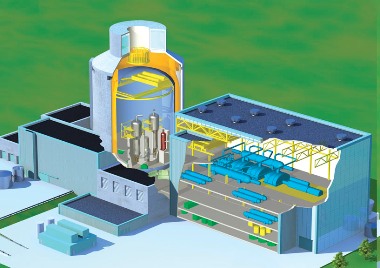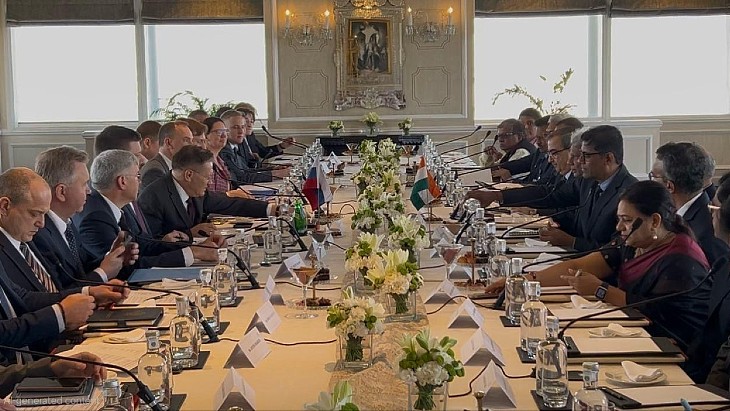An urgent need to enable international standardization of reactor design was voiced at the World Nuclear University Forum on harmonization of design requirements and presented today in London and Paris.
 |
| Standardized plants are more economic to build, but harmonization of safety requirements is required to facilitate the standardization process |
The forum was organized just a week before the Multinational Design Evaluation Program (MDEP) conference in Paris, and its conclusions were presented today both there and in London during the WNA Symposium as part of a visionary roadmap to enable standardization of reactor designs – the strategic proposal to the nuclear community by the WNA's working group on Cooperation in Reactor Design Evaluation and Licensing (CORDEL).
The ultimate prize would be the ability for a vendor to build the same reactor design across the world and for operators to capitalize on operational experience built up through a global fleet. Meanwhile, regulatory bodies will be able to significantly reduce strain on resources during design approval processes, and will direct more effort on assurance of safe construction and operation of standardized plants.
Standardization will also bring direct safety benefits to emerging nuclear countries.
To support deployment of standardized reactor designs, internationally harmonized safety standards could be set for new reactors, which would then require only minor specific changes characteristic to each site. Great savings in construction time and cost could follow, while safety would be boosted through wider basis for experience feedback in all stages - design, construction, operation, and even decommissioning.
For this to happen, delegates called first for a common agreement among all stakeholders (utilities, vendors, regulators and the general public) on a definition of standardization and harmonization and on the recognition of benefits.
It was agreed that the nuclear industry should lead reactor designs standardization efforts, and should establish institutional support to practically enable the progress. A group of major firms, potentially under the auspices of the World Nuclear Association, could be set up to champion the endeavour. A high-level mandate for the work, a roadmap and regular reporting would be essential, as would early tangible successes.
Simultaneously, determined governments in close cooperation with national regulators should drive the progress towards international harmonization of regulatory standards. The roles of the International Atomic Energy Agency, MDEP and the current regional industry initiatives such as the European Utility Requirements (EUR) should be enhanced along with closer cooperation of all stakeholders.
A global body could eventually be required to issue an international reactor design certificate, the notion of which is well-known to other industries' goods and services, for example aviation. However, it was noted that the final goal of harmonization was not to be a new 'gold plated' safety standard that rolls all the world's most stringent requirements into one set. The excess of safety requirements from gold plating would jeopardize the inherent safety built into new evolutionary Generation III and III+ designs which enjoy over 50 years of accumulated industrial experience, delegates said. It would also hurt competitiveness and slow down nuclear deployment instead of speeding it up.





_70761.jpg)
_55530.jpg)
_42372.jpg)
_76087_55556.jpg)




